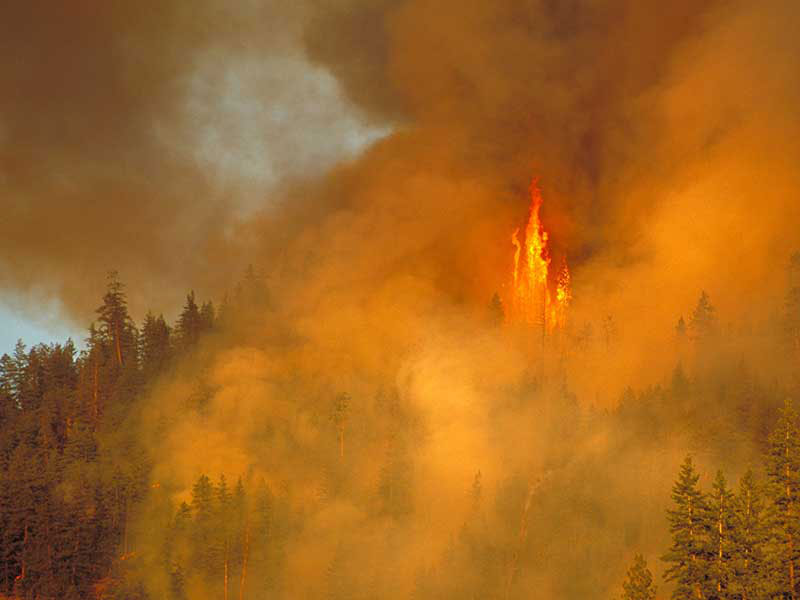
As global warming leads to more extreme weather events, households in British Columbia and parts of Ontario may be most exposed to the financial fallout from wildfires, floods and other natural disasters, new research suggests.
Staff from the Bank of Canada used historical data on natural disasters in Canada to identify the regions of the country that are most in danger from the physical risks posed by climate change. They then mapped those risky regions onto data about household indebtedness to identify where households may face the greatest financial risks.
Severe weather events can create financial risks from business or income disruption, and from assets such as houses being damaged or destroyed.
“As a result of these risks, natural disasters can trigger financial distress among severely affected households,” the paper noted. For instance, in the wake of wildfires that ravaged Fort McMurray, Alta. in 2016, “the share of borrowers who fell behind on their mortgage payments rose sharply.”
The researchers attempted to uncover which regions of the country have the largest intersections of vulnerability to natural disasters combined with heightened household financial stress, “which can potentially amplify the losses for the wider financial system.”
The paper found that most regions of Canada “have high exposure to at least one type of natural disaster.” Regions with high exposure to multiple types of disasters “are concentrated in British Columbia, the Prairies, the Atlantic provinces, Northern Quebec, the Northwest Territories and parts of Southern Ontario, including Toronto.”
Using machine learning, they identified areas that combine high financial vulnerability with multi-hazard exposure, concluding that households with high indebtedness and high exposure to natural disasters “are mainly located in British Columbia and Ontario,” in regions that represent 39% of Canadian household debt.
“Large debt burdens are mostly linked to elevated house prices. In this case, the destruction of leveraged physical assets such as housing could amplify financial system losses,” the paper said.
Households with moderate exposure to natural disasters but with limited access to credit “are mostly located in the Prairies and Atlantic provinces,” it said, noting that households in these regions, which hold 17% of Canadian household debt, “may be less able to cope with shocks by using their lines of credit because natural disasters can lead to a sudden disruption in income due to, for example, displacement or the destruction of means of production.”
The remaining 44% of household debt is primarily located in Quebec and, to a lesser extent, Ontario and the Prairies, the paper said, where households “have relatively low exposure to natural disasters, and their financial vulnerabilities may be less likely to amplify the consequences of natural disasters.”